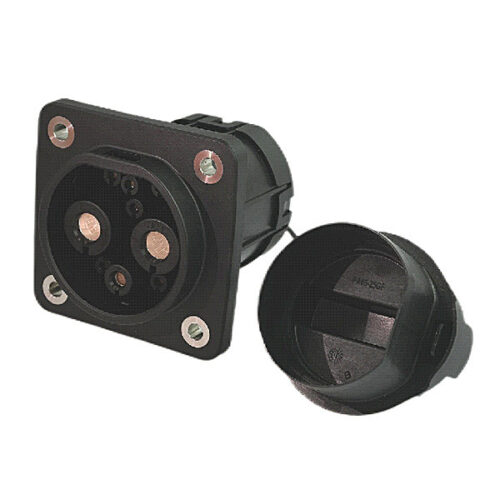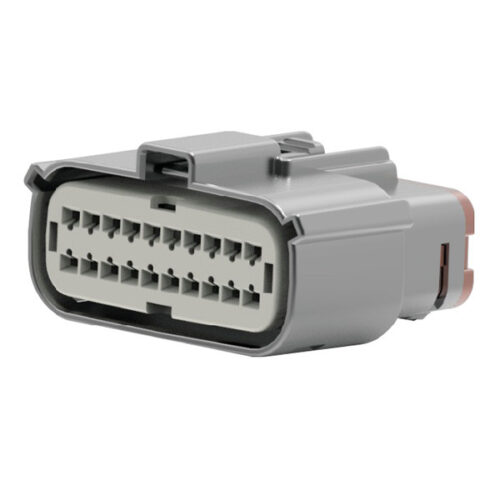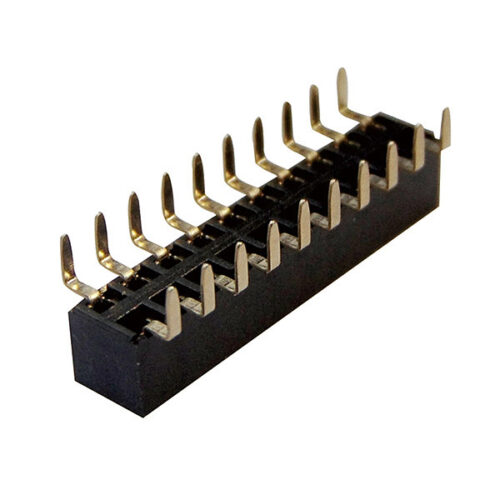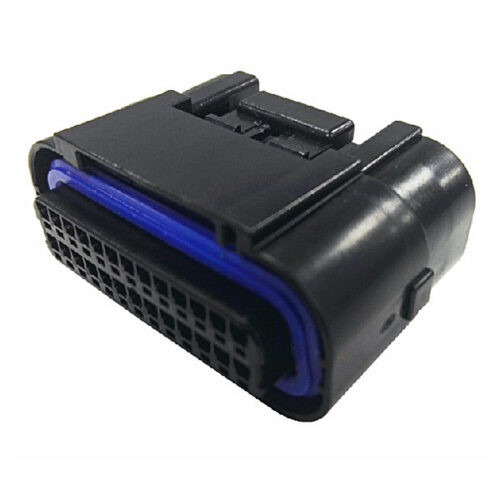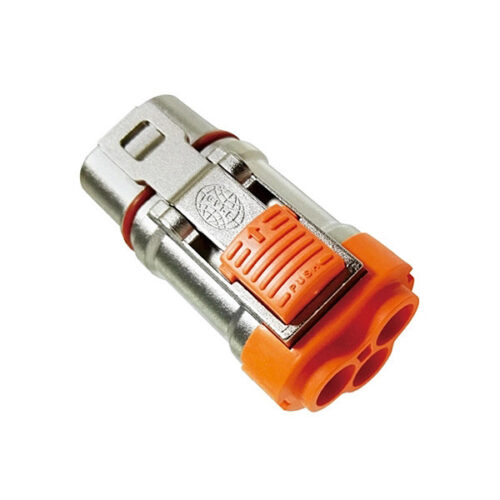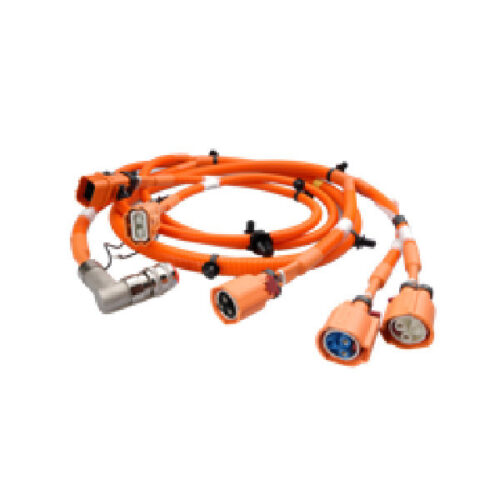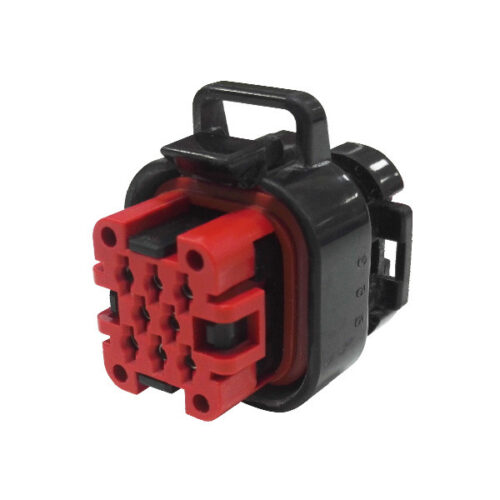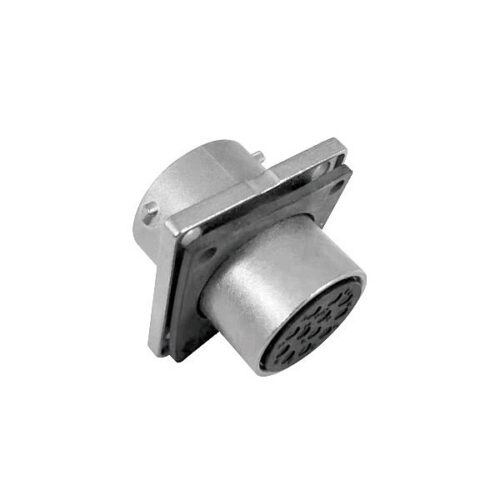Blogs & News
We are focus on automotive wiring harness & connectors technology.
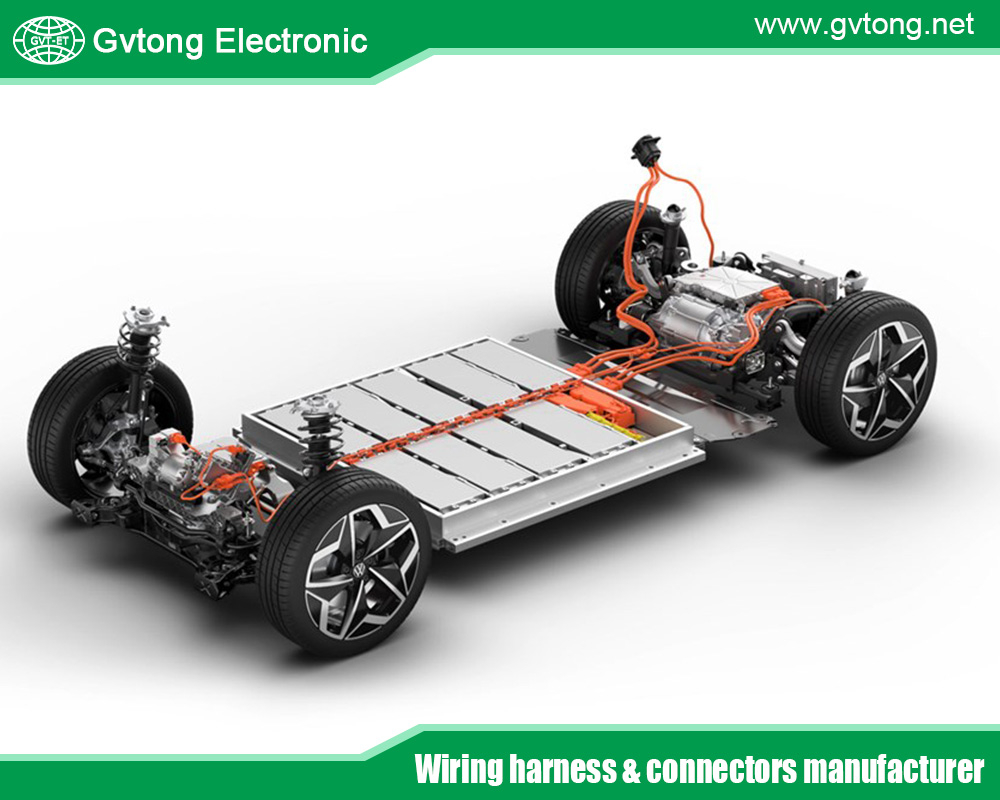
Technical Breakthroughs of Automotive Electrical Connector Manufacturers: How to Achieve Both Miniaturization and High Current-Carrying Capacity?
- Gvtong Electronic
- 10-cavity connector manufacturer, 10-cavity connectors market, 12 volt 2 pin waterproof connector, 2 pin waterproof electrical connector, 2-cavity connectors manufacturer, 2p 32p Automotive Connector Terminal Crimping, 3-cavity connectors manufacturer, adas automotive connector, ADAS automotive connectors manufacturer, ADAS automotive connectors supplier, Anti-vibration automotive connectors, Automated assembly connectors Cost-effective automotive connectors, automotive antenna connector, automotive coaxial connector, automotive connector, Automotive Connector and Cable Products, automotive connector companies, Automotive Connector Factory, automotive connector manufacturer, automotive connector market, Automotive Connector Supplier, automotive data connector, automotive diagnostic connector, automotive electrical connector, automotive electrical connector manufacturer, automotive electrical connector supplier, automotive high - frequency, automotive High voltage connector, automotive hybrid connector, automotive Low voltage connector, automotive Oil-resistant Connectors, automotive optical fiber connector, automotive power distribution, Automotive power distribution connector, automotive Signal Connector, automotive vibration - resistant, automotive waterproof connectors
- No Comments
Technical Breakthroughs of Automotive Electrical Connector Manufacturers: How to Achieve Both Miniaturization and High Current-Carrying Capacity?
The automotive industry is undergoing a seismic shift, propelled by the rapid adoption of electric vehicles (EVs), advanced driver-assistance systems (ADAS), and connected technologies. As of 2025, global EV sales have surpassed 20 million units annually, according to the International Energy Agency, demanding electrical systems that are not only efficient but also compact and powerful. At the heart of these innovations lie automotive electrical connectors—seemingly mundane components that serve as the critical junctions for power and data transmission.
However, the modern vehicle poses a paradox for connector manufacturers: the need for miniaturization to save space, reduce weight, and enhance fuel efficiency clashes with the requirement for high current-carrying capacity to support high-voltage batteries, fast-charging systems, and energy-intensive features like autonomous driving sensors. Traditional connectors, often bulky and limited to 10-20 amps per pin, struggle in this environment. For instance, EV battery packs operating at 800V and delivering hundreds of amps necessitate connectors that can handle extreme thermal loads without expanding in size.
This article explores the technical breakthroughs enabling manufacturers like TE Connectivity, Molex, and Aptiv to reconcile these demands. By delving into material innovations, design strategies, and real-world applications, we uncover how these advancements are not just solving engineering challenges but reshaping the future of mobility. From hybrid terminals to advanced shielding, these solutions promise vehicles that are lighter, smarter, and more sustainable.
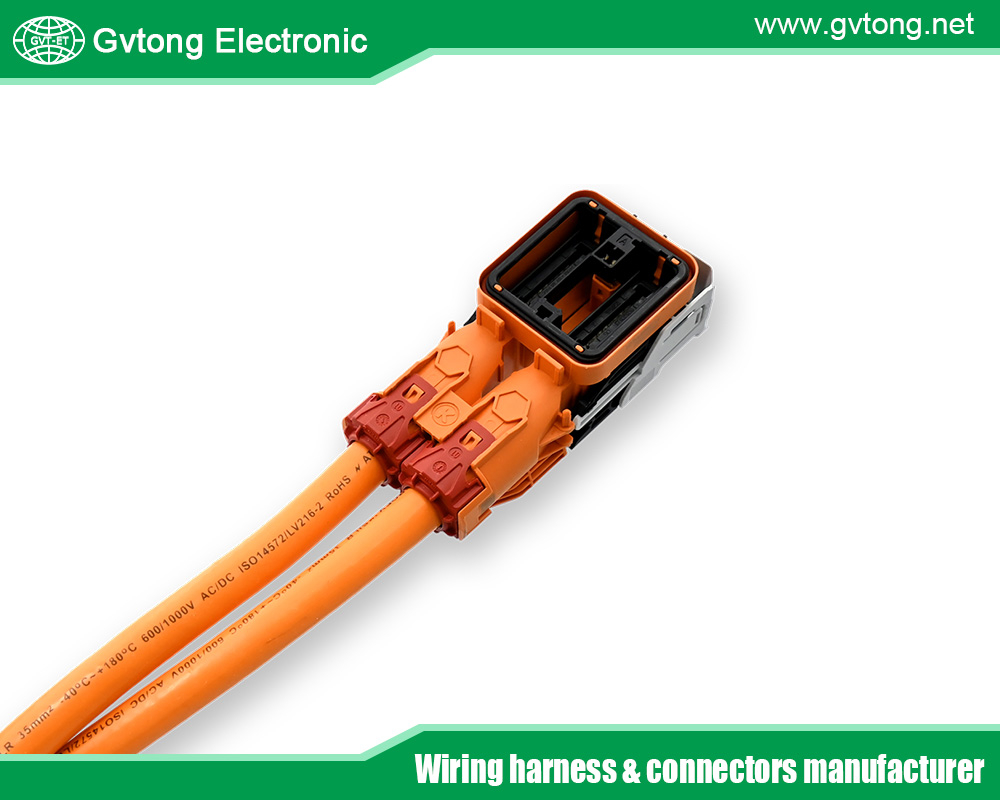
The Imperative for Miniaturization in Automotive Electrical Connectors
Miniaturization has become non-negotiable in automotive design. With vehicles now housing over 3,000 connectors—up from 500 in the 1990s—the pressure to fit more electronics into shrinking spaces is immense. Zonal architectures, which consolidate control units into fewer, centralized hubs, exemplify this trend, reducing wiring harness weight by up to 40% while demanding denser interconnects.
The benefits are clear: smaller connectors enable sleeker vehicle profiles, improving aerodynamics and extending EV range. For example, Aptiv reports that shrinking connector sizes from 1.5mm pitch in the 1980s to 0.50mm today accommodates wire gauges as fine as 0.13mm², boosting circuit density without sacrificing signaling performance. This is crucial for ADAS, where high-resolution cameras and LiDARs require compact, high-bandwidth links.
Yet, miniaturization introduces hurdles. Fragile terminals risk bending during assembly, and reduced surface area heightens electrical resistance, potentially leading to hotspots. Automation becomes essential, as human handling of sub-millimeter components is impractical. Molex addresses this with “automation-friendly” designs, such as twisted-pair cables optimized for robotic stripping and orientation. These innovations ensure that miniaturization enhances, rather than hinders, manufacturability.
In EVs, space constraints around battery packs amplify the need. Connectors must integrate seamlessly into modular battery layouts, supporting cell-to-pack connections without adding bulk. TE Connectivity’s NanoMQS series, for instance, delivers MQS-level performance in a 40% smaller footprint, ideal for dense underbody installations.
Demands for High Current-Carrying Capacity
As vehicles electrify, power requirements skyrocket. A typical EV motor draws 300-500 amps continuously, with peaks exceeding 1,000 amps during acceleration. High-voltage systems (400-800V) reduce wire sizes for weight savings but concentrate thermal energy in connectors, where resistance can generate hundreds of watts of heat.
High current capacity ensures efficient power distribution, minimizing losses that erode battery range. For example, at 400A with just 1mΩ resistance, a connector dissipates 160W—enough to shorten an EV’s range by several miles.
Solutions must also mitigate electromagnetic interference (EMI) from pulse-width-modulated (PWM) inverters, which can corrupt signals in adjacent low-voltage circuits.
Safety standards like SAE J1772 and ISO 15118 mandate touch-proof designs and arc-fault protection, while environmental resilience—enduring -40°C to 125°C, vibrations up to 50g, and IP69K sealing—adds complexity. Renhotec EV highlights how fourth-generation high-voltage connectors incorporate High-Voltage Interlock Loops (HVIL) and secondary locking mechanisms to prevent accidental disconnection under load.
In heavy-duty EVs, like electric excavators, connectors must handle 600V+ and corrosive fluids, pushing manufacturers toward ruggedized solutions that maintain low resistance over 10,000 mating cycles.
Technical Challenges in Balancing Miniaturization and High Capacity
Achieving both goals simultaneously is a high-wire act. Miniaturization reduces contact area, increasing resistance and heat density—potentially causing thermal runaway in high-current scenarios. Conversely, beefing up for amperage bloats size, undermining space savings.
Key challenges include:
- Thermal Management: High power density (e.g., 50A in a 0.50mm pin) generates localized hotspots. Without dissipation, materials degrade, risking insulation failure.
- Signal Integrity and EMI: Dense packing mixes power and data lines, amplifying crosstalk. PWM switching exacerbates EMI, demanding shielding without added bulk.
- Mechanical Reliability: Vibration and thermal cycling loosen connections, leading to fretting corrosion. Miniature terminals are especially vulnerable.
- Manufacturing Scalability: Automated assembly for tiny parts requires precise tolerances, while high-current testing ensures consistency.
These issues compound in EVs, where battery packs face salt spray and submersion risks. Arrow.com notes that improper shielding can cause arcing, burning contacts and triggering failures.
Dalroad emphasizes miniaturization’s fretting risks in compact battery connectors.
Breakthrough Innovations: Materials and Design Strategies
Manufacturers are leveraging cutting-edge materials and geometries to overcome these barriers.
- Advanced Materials
Copper alloys with silver plating reduce resistance by 20-30%, while graphene-infused composites enhance thermal conductivity. Polybutylene terephthalate (PBT) housings, flame-retardant and UV-resistant, withstand 150°C peaks. For EVs, ceramic-filled polymers dissipate heat faster, preventing ablation in 800V systems.
- Optimized Contact Geometries
Hyperboloid or stamped-and-formed contacts maximize surface area in small footprints. Molex’s stAK50h hybrid terminals integrate power (up to 50A) and signal pins in a 50% smaller package, using locking mechanisms for retention. TE’s PowerTube series employs tubular contacts for 1,400A bursts in a compact form.
- Integrated Thermal Solutions
Phase-change materials embedded in housings absorb heat spikes, while finned designs promote airflow. Busbar-embedded sensors, predicted for 2030, enable real-time monitoring.
- Shielding and EMI Mitigation
Aluminum-braided shields ground EMI without weight penalties. Mini-Fakra coax connectors support 28Gbps in 80% smaller footprints, crucial for ADAS. Simulation tools like digital twins predict performance, shortening design cycles by 50%.
Case Studies: Real-World Implementations
- Molex’s Mini50™ and EV Applications
Molex’s Mini50™ series exemplifies hybrid innovation, delivering 50A power alongside signals in a sealed, 0.50mm package. Deployed in Ford’s EV battery packs, it reduces harness weight by 25% while handling 600V. Rugged PBT housings and TPA locks ensure 10,000 cycles in vibration tests.
- TE Connectivity’s IPT-HD for Heavy EVs
TE’s IPT-HD connectors manage 500A at 800V in a miniaturized form for electric trucks. Corrosion-resistant coatings and HVIL prevent faults, as seen in Daimler Freight’s eActros, where they cut downtime by 30%.
- Aptiv’s Zonal Architecture Solutions
Aptiv’s 0.40mm terminals enable 100+ circuits in ADAS modules, supporting 10Gbps Ethernet. In Volkswagen’s ID. series, these cut wiring by 20%, boosting efficiency.
These cases demonstrate 15-40% space savings and 20% efficiency gains.
Future Directions and Industry Implications
Looking to 2030, expect quantum-inspired transistors for ultra-low resistance and contactless inductive connectors for zero-wear mating.
Sustainability drives bio-based insulators, reducing carbon footprints by 30%.For manufacturers, these breakthroughs mean agile supply chains and AI-driven customization. Automakers gain from lower costs—electronics will hit 50% of vehicle bills by 2030—and enhanced safety.
Challenges remain, like standardizing 0.25mm pitches, but collaborations (e.g., Molex-TE partnerships) accelerate progress.
Ultimately, these innovations democratize high-performance EVs, making sustainable transport accessible.
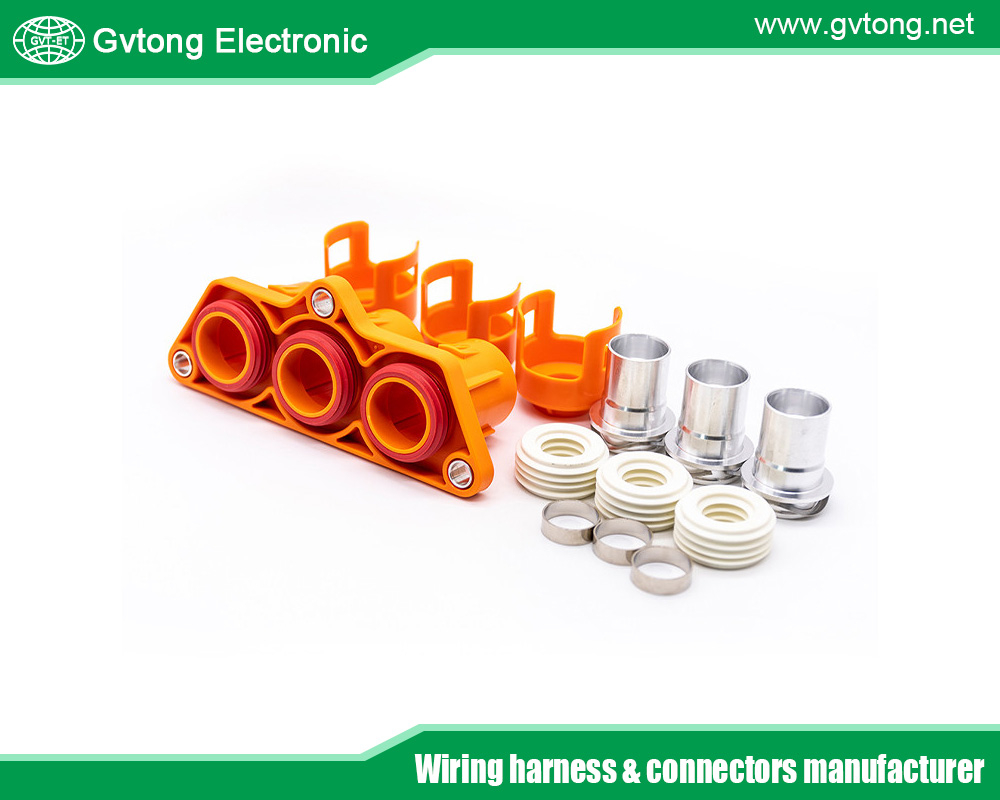
Conclusion
Automotive electrical connectors have evolved from passive links to active enablers of innovation. By mastering miniaturization and high current capacity through advanced materials, hybrid designs, and predictive engineering, manufacturers are unlocking vehicles that are efficient, autonomous, and electrified. As the industry races toward net-zero emissions, these technical breakthroughs ensure connectors remain the unsung heroes of mobility’s future—small in size, immense in impact.
For more about technical breakthroughs of automotive electrical connector manufacturers: how to achieve both miniaturization and high current-carrying capacity, you can pay a visit to Gvtong at https://www.gvtong.net/ for more info.

